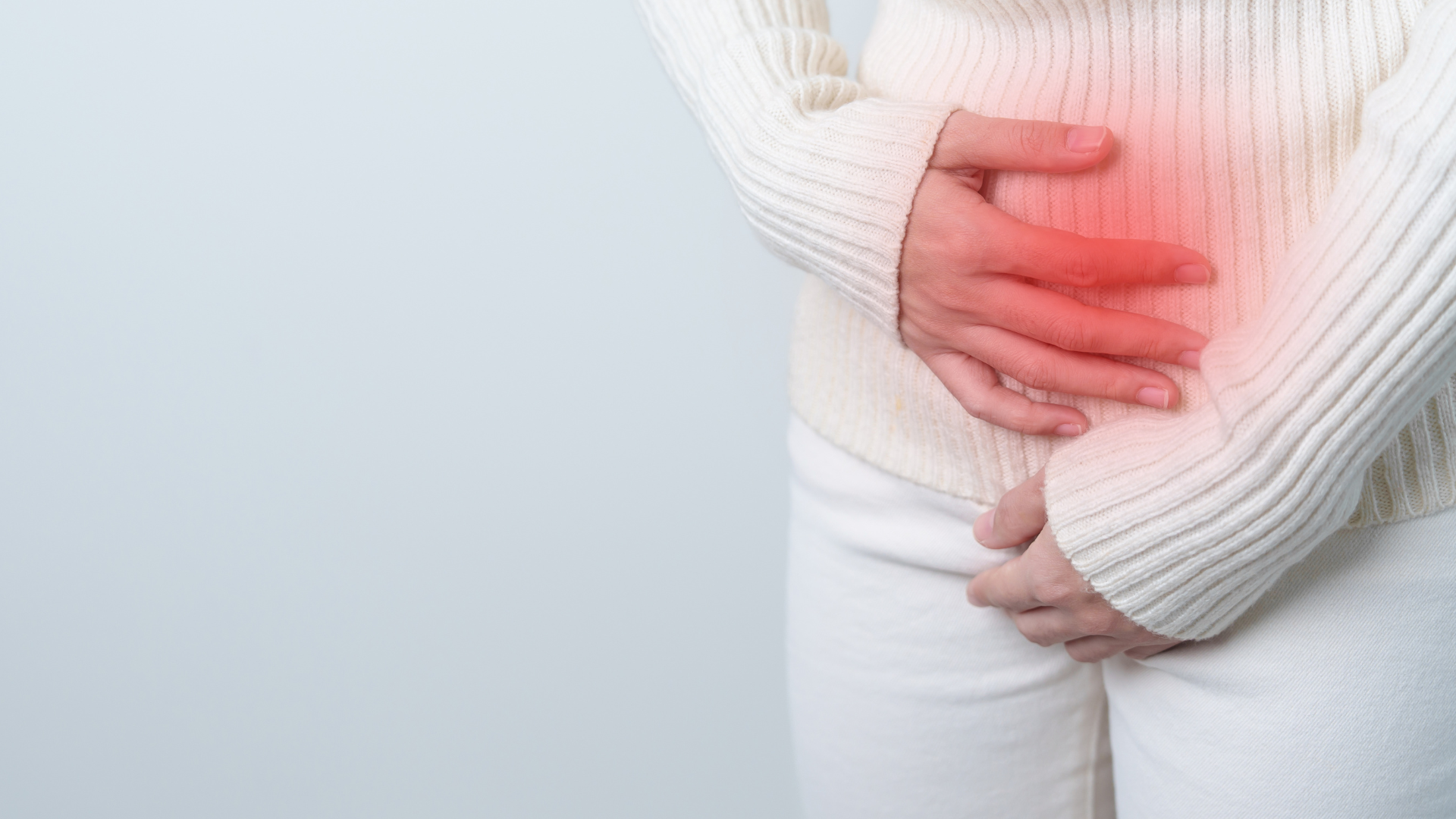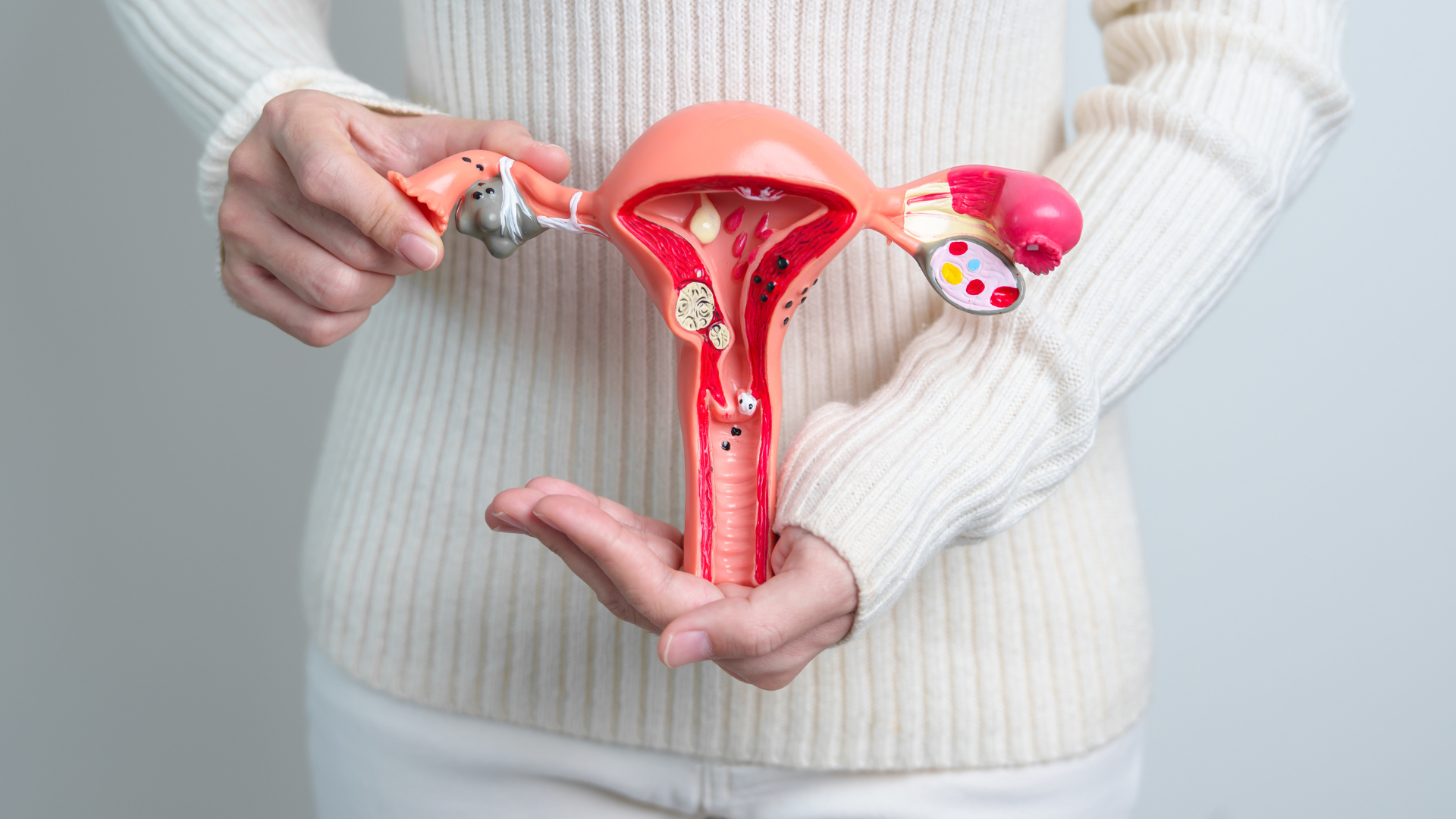Common Signs and Symptoms of Ovarian Cysts to Watch For

Common Signs and Symptoms of Ovarian Cysts to Watch For
Ovarian cysts are fluid-filled sacs that develop on or inside an ovary. They’re quite common and often harmless, especially in women of reproductive age. While many ovarian cysts resolve on their own without causing symptoms, some can lead to discomfort or more serious complications. Being aware of the common signs and symptoms can help you seek timely medical advice and treatment if necessary.
What Are Ovarian Cysts?
Ovarian cysts are sacs filled with fluid or semi-solid material that form on the ovaries. They can vary in size and type, ranging from simple, benign cysts to more complex ones that may require medical attention. Many women develop cysts during their menstrual cycle, but most of these are functional cysts that disappear without intervention.
Common Signs and Symptoms to Watch For
While ovarian cysts often don’t cause symptoms, here are some common signs you should be aware of:
1. Pelvic Pain or Discomfort
A persistent or intermittent dull ache in the lower abdomen or pelvic area is one of the most common symptoms. The pain might be on one side or spread across the pelvis.
2. Bloating or Abdominal Swelling
You may notice your abdomen feeling bloated or swollen, even if you haven’t eaten much. This can be caused by the cyst pressing on other organs.
3. Pain During Intercourse
Some women experience pain during or after sexual intercourse due to ovarian cysts.
4. Changes in Menstrual Cycle
Irregular periods, heavier bleeding, or spotting between periods can sometimes indicate the presence of cysts.
5. Frequent Urination or Difficulty Emptying Bladder
A large cyst can put pressure on your bladder, causing an increased need to urinate or difficulty fully emptying your bladder.
6. Lower Back Pain
Pain can radiate to the lower back or thighs, especially if the cyst grows larger.
7. Nausea or Vomiting
In some cases, cysts can cause digestive symptoms like nausea or vomiting, especially if they rupture or cause ovarian torsion (twisting of the ovary)
Diagnosis and Treatment
Ovarian cysts are usually diagnosed through pelvic exams and imaging tests like ultrasounds. Most cysts resolve on their own, but treatment may be necessary if the cyst is large, persistent, or causing symptoms. Treatment options range from watchful waiting and pain management to surgical removal in more severe cases..





